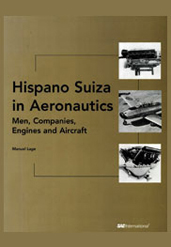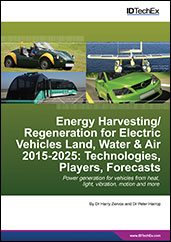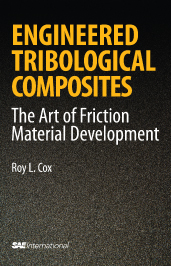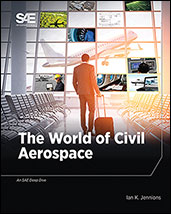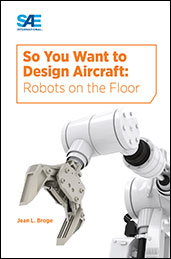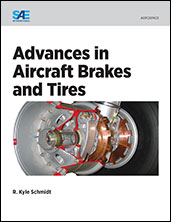Book
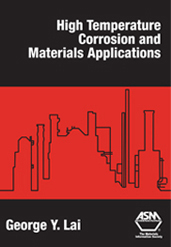
High-Temperature Corrosion and Materials Application
2007-11-01
As we strive for energy efficiency, the realm of high-temperature environments is expanding and the need for information on high temperature materials applications was never greater. This electronic publication addresses concerns, technologies, and materials available for those engaged in high-temperature applications. Topics include erosion and erosion-corrosion, low NOx combustion in coal-fired boilers, fluidized bed combustion, and the special demands of waste-to-energy boilers, waste incinerators, and black liquor recovery boilers in the pulp and paper industry. The corrosion induced by liquid metals is discussed and protection options are presented. Hydrogen damage is characterized and solutions given.
